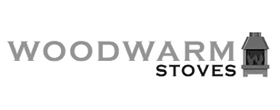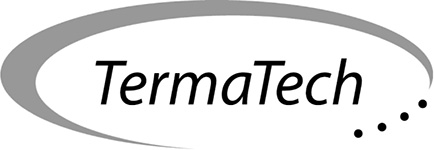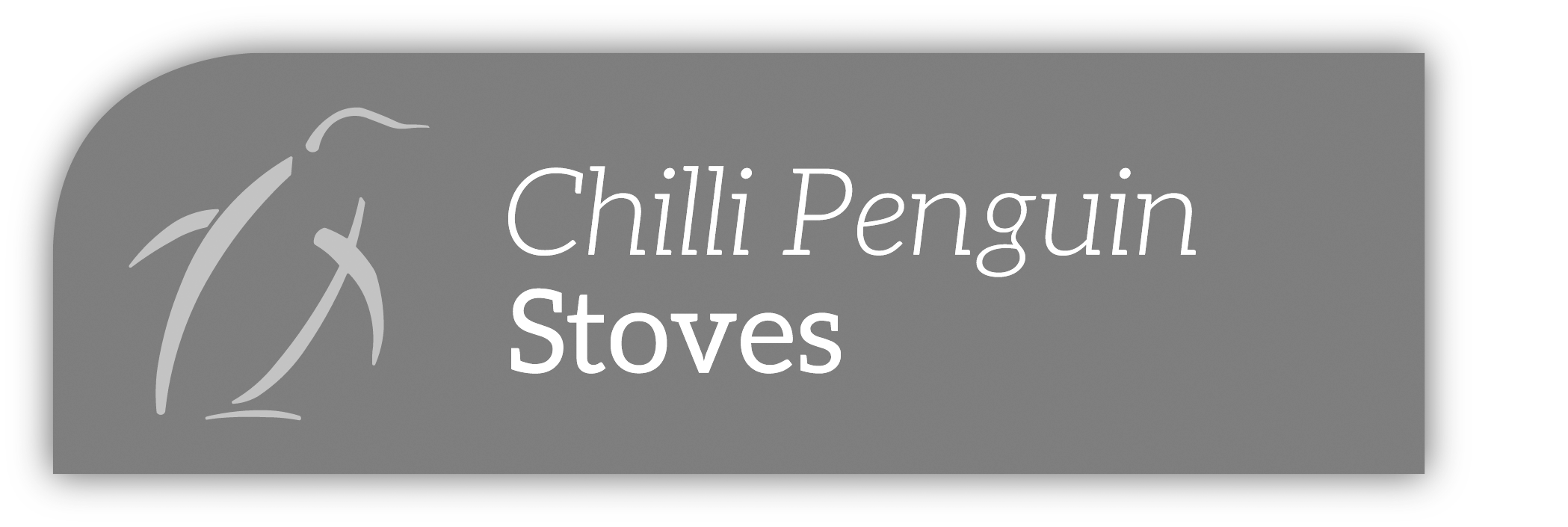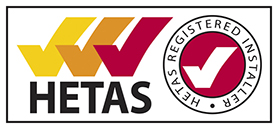FAQ’s
Please find a list of our most commonly asked questions about log burners below, if there’s anything else we have missed please get in contact with us.
- Do you offer a site visit or survey and what does this cost?
- Who are HETAS?
- Do I need a chimney?
- If I don't have a chimney can you build one inside to create a traditional opening?
- Will I need a flue liner?
- What do I need to do on the day of my installation? Do I need to sheet the room?
- Can I control my stoves heat?
- Will my glass stay clean?
- What maintenance is required after installation?
- Can I paint the fire board inside my new opening?
- What is DEFRA?
- What wood should I burn and does it need to be dry?
- Wood burner or multi fuel stove?
Yes we offer a FREE site survey to all of our potential clients. We firmly believe that it is difficult to give an accurate price for an installation without a site visit. There are so many factors that may effect the quotation for a wood burning stove. We pride ourselves on visiting the property, accurately measuring, advising on the correct stove for the customers lifestyle and the correct size for the room. We are then able to provide a FIXED price quotation to do the work. We are able to give ball parks in the showroom to give you a rough idea of costings however prior to a site visit.
HETAS is the official body recognised by the Government to approve biomass and solid fuel domestic heating appliances, fuels and services, including the registration of competent installers and servicing businesses.
Most importantly all wood burning installations are covered under building regulations. Either your local building inspector can issue the certificate for a fee or a competent person scheme such as HETAS can self certify the work and notify building control that a wood burning stove has been installed in accordance to building regulations doc J. Without this certificate in the event of an incident in relation to your fire your home insurance will be invalid.
Technically yes but there are two options. Either a Class 1 masonry chimney stack that we can fit a liner inside of is the most straightforward. If you do not have a masonry chimney stack do not panic, we can still fit an insulated flue system that you may have seen on the outside of properties before. An outside wall that the fire is to be located is ideal.
We specialise in building false chimney breasts inside a room to create the sense of a traditional chimney stack where one is not present. Our usual builds work out approximately 1350 wide and 450 deep with the hearth protruding in front to the minimum requirement for the chosen stove. We build the chimney, install the stove and insulated flue system and plasterboard and skim the entire chimney breast. All done by one installer.
A question we are often asked in the showroom. The only way for anybody to tell you that a chimney is fit to take a wood burner without a liner is to carry out a smoke test 1 also known as a pressure test.
A smoke test 1 is the first stage to ensure that the chimney integrity is in tact and does not leak. When testing for a gas fire this is simply done with a smoke pellet within the room of the chimney opening. To conduct a correct smoke test 1 for a wood burning stove it is usually a job for 2 people and involves going on the roof. The fireplace opening must be sealed and filled with smoke. It then involves another member of the team going onto the roof and as soon as the smoke begins to come out of the chimney pot the chimney pot is sealed. The smoke must be sealed within the chimney for 5 minutes and a full inspection be done of the inside chimney stack, in the loft, outside and the neighbours property if semi detached. Any sign of smoke leakage is an instant failure a flue liner must be used.
After doing all this and paying 2 people to carry out a smoke test 1 when quoting the job you may as well have lined the chimney. The other problem you have is that stoves are designed to work with a flue diameter as close as possible to that of the top of the stove. A chimney lining can be a lot bigger and the stove may never work correctly. The final issue is even if the chimney passes the smoke test now it may fail in a short period of time and the chimney will need to be lined at a greater cost than that of the day of installation.
In other words have the chimney lined, do it correctly from the start and it will save hassle and cost down the line. Under no circumstances do we offer to fit a wood burning stove without a liner to avoid any future issues.
Once your installation has been booked in you can rest assured that we will take care of pretty much everything. The only thing we ask which will benefit the customer is to remove small furnishings and clear a space for us to work. Don’t panic though, we can assist moving sofas etc. This will help with the clean up after the work is complete and so you can get back to normality a lot quicker. There will be some dust!
We will use a protection carpet tape for carpets and rubber mats for wooden flooring to help protect them. On top of that will go a range of dust sheets and the dust sheets will be used on soft furnishings and televisions etc to keep them dust free.
Yes you certainly can. We have specially selected our range of stoves to be fully controllable on heat output and flame picture. You will find with a lot of cheaper imports they have little to no control.
All of our stoves have built in air wash systems which distributes hot air down the glass helping to keep it clean. Burning the correct fuel on the stove with the right moisture content is paramount. Once that box has been ticked and the stove is burnt at the correct temperature the air wash will help to keep the glass clean so you can enjoy the flame picture inside.
After an installation a yearly chimney sweep is required to keep your warranty and house insurance valid. We will talk to you regarding options for sweeping when booking in the installation.
Other than the sweep the following items in the stove are all consumable parts and may require changing over the life of owning a stove. Ropes and bricks are the most common.
Consumable parts include
Door rope seals, Glass, Vermiculite bricks, Baffle plates, Grates, Fire cement
The time before consumables require changing is dependant on a lot of factors such as use, quality of fuel etc etc. Most of the parts are easy enough to change yourself but during your yearly sweep the sweep can offer to change any parts that may be required. Contact us if you require any parts for your stoves purchased from us and we will be more than happy to assist.
Our specially selected fire board that we use to line our recesses can be painted with a normal water based emulsion. Do not use oil based paints within the fireplace recess. The fire board we select will give a smooth plaster like finish once decorated and can be painted in your choice of colour.
DEFRA approval means that a stove has been tested and approved to burn wood in a smokeless zone. You can find out if you are in a smokeless zone by phoning your local council.
The most important part of a wood burner after the installation is the quality of the fuel you put into it. Each log is different and the terms we use is moisture content. How much moisture is left within the wood after it has been cut down from the tree. A freshly cut down tree will have a very high moisture content. As the wood is stored correctly, in a log store with free flowing air (not a garage or shed) the logs will dry out and the moisture content will decline. The ideal moisture content is 20% or less. Most logs take between 18-24 months to season and dry out and as soon as they reach the correct moisture content are ready to burn.
Burning wet wood causes lots of issues with an installation. Wet wood firstly gives off very little heat as the fire has to work hard to firstly dry the logs out. Wet wood smokes and smoulders and fills the room with a bonfire smell. Wet wood creates tar and is the main reason for liner failure and liner blockage. Wet wood is also the main reason for carbon deposits blacking up stove glass.
A common thing we notice in store is that as a customer you are more likely to pop into store expecting to buy a multi fuel because it seems people believe they are “better”. The only difference between a wood burner and a multi fuel stove is generally the base that the fuel burns on. The stove itself and its construction is generally exactly the same.









